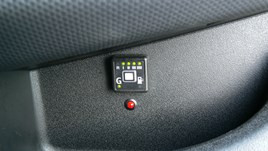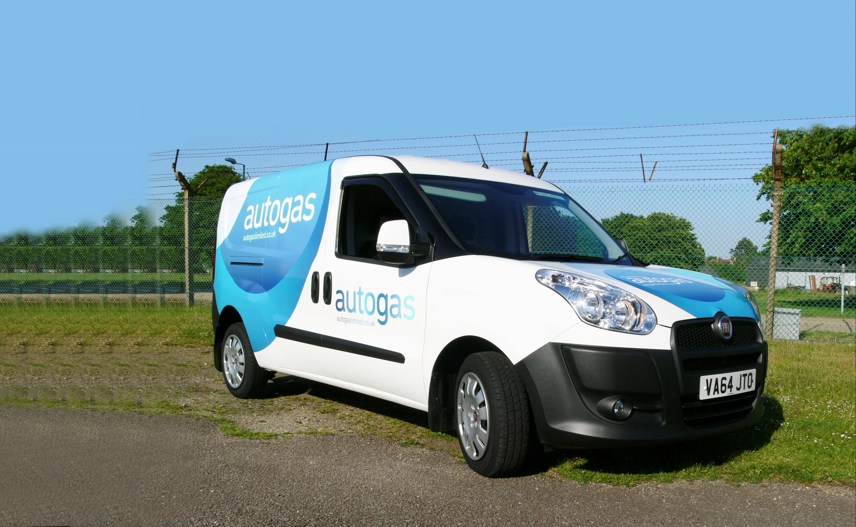Review
After peaking in the early 2000s, the popularity of liquefied petroleum gas (LPG) has dwindled to almost nothing among commercial fleets.
However, LPG specialist Autogas Ltd is hoping for a resurgence in interest after the recent concerns about diesel emissions and offered us a gas-powered van for a week – and the figures are certainly impressive.
The van costs £14,845 ex-VAT and, after paying £1,450 plus VAT for the conversion, the savings start stacking up from lower fuel use. There’s also a drop in tailpipe emissions.
Autogas reckons that the van costs 10p per mile in LPG, as opposed to 17p per mile for petrol, raising the combined mpg figure from 39.2mpg to 56.2mpg. Meanwhile CO2 emissions are down by 17%, NOx is down 20% and there are no particulate emissions at all, unlike with diesel.
According to our figures, the conversion will pay for itself after 20,000 miles. After 60,000 miles, taking off the cost of the conversion, each van running on LPG will save £2,800.
All this sounds impressive so far, but there is a hitch. LPG conversions can only be carried out on petrol vehicles, so that precludes anything above the small van sector as no petrol engines are currently available on bigger models. However, Mercedes-Benz does offer a CNG-powered Sprinter with a petrol engine and Autogas is at present in talks with the manufacturer to see if it would sell this vehicle as-is for LPG conversion too. Watch this space.
One other problem is that, as soon as modifications are made to a new vehicle, the warranty could be affected. Autogas solves this with an optional warranty, which costs £245 for three years and will cover any costs related to a fault that the manufacturer will not honour.
That said, Autogas says it has not experienced any problems with its conversions so far.
 The kit under the bonnet is unobtrusive and looks top quality. There’s a small display on the dashboard with green lights to tell the driver how much LPG is left in the tank and the petrol tank remains as is, so drivers shouldn’t be left stranded. There is also a booklet to tell drivers exactly where LPG is sold right across the UK – at 1,400 locations to be exact, so filling up should not prove too much of a problem.
The kit under the bonnet is unobtrusive and looks top quality. There’s a small display on the dashboard with green lights to tell the driver how much LPG is left in the tank and the petrol tank remains as is, so drivers shouldn’t be left stranded. There is also a booklet to tell drivers exactly where LPG is sold right across the UK – at 1,400 locations to be exact, so filling up should not prove too much of a problem.
The gas tank, meanwhile, is placed where the spare wheel should be so the load area will be slightly affected as the spare will have to go there.
Autogas couldn’t have picked a better van for us to test – the Doblo Cargo is a cracking contender and won Fleet Van van of the year when first launched in 2010. In petrol format the engine is smoother and quieter and, although it lacks the low-down grunt of its heavy oil counterparts, the van never felt short of power – in fact the Autogas unit ensures that the engine pumps exactly the same amount whether using LPG or petrol. We tried switching between gas and petrol but couldn’t tell the difference.
Verdict
With more and more questions raised about diesel emissions, we could well start seeing a resurgence in LPG. With the savings on offer, any cost-conscious van fleet operator would be wise to at least investigate gas power.
















